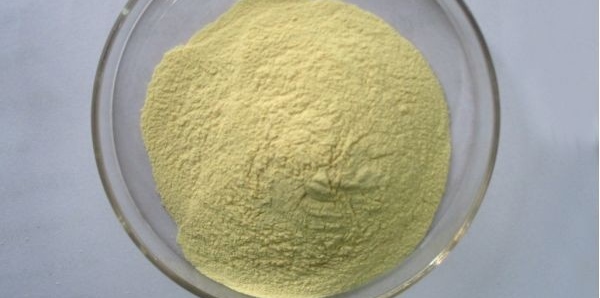Holmium oxide (Ho2O3) is the oxide form of the rare earth metal holmium. Holmium oxide is also known as holmia and holmium sesquioxide. This holmium oxide compound occurs in nature. Mostly, holmium oxide are contained in minerals like gadolinite and monazite. Holmium oxide has light yellow-orange, pale-yellow and beige colors. Holmium oxide is not soluble in water, but soluble in acids. The cubic structure is the only structure for holmium oxide compound. Holmium oxide has a melting point at temperature of 2415oC. Holmium oxides has a few applications.

Holmium oxide is used as colorants for glasses and cubic zirconia
Holmium oxide is used as a specialty catalyst, phosphor and laser material
Holmium oxide is used in ceramics, glasses, phosphorous, and metal halides lamps
Holmium oxide is used in nuclear reactors to control the atomic chain reaction
Holmium oxide is used as calibration standard for optical spectrophotometers since holmium oxide solutions have sharp optical absorption peaks in spectral range 200-900nm
https://nanografi.com/rare-earth-materials/holmium-oxide-99-99-325-mesh/
Comments
Post a Comment